Worm gears are often used for their ability to provide very high reduction ratios (and high torque multiplication) in a compact, single-stage design. But traditional thinking says that these benefits come at the expense of efficiency. Here, we’ll look at the factors that determine worm gear efficiency and how to get the benefits they provide without sacrificing efficiency.
Worm gears are a type of cross-axis (non-parallel) gears, meaning they have non-intersecting shafts oriented at 90 degrees to each other. The worm, or shaft, is similar to a screw with a V-type thread, and the gear (also referred to as a worm wheel) is similar to a spur gear. The worm and gear are made of dissimilar materials, with the worm often made of steel and the gear typically made of bronze, although other material combinations can be used to suit specific loading or environmental conditions.
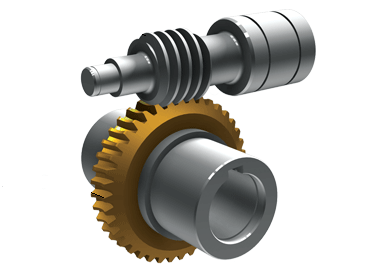
Image credit: Nord Drivesystems
Unlike other gears, which experience primarily rolling contact as teeth mesh, worm gear meshing is dominated by sliding friction between the gear teeth and the worm. This sliding friction causes significant heat generation and — generally speaking — leads to lower efficiencies than other gearbox designs. And as the reduction ratio increases, the lead angle decreases. This smaller lead angle means there’s more surface contact between the gear teeth and the worm, and, in turn, higher friction and lower efficiency.
The sliding friction experienced by worm gears also causes lubrication between the meshing components to be pushed away, so the gear set operates primarily in a condition of boundary lubrication, or boundary friction. Because of these conditions, worm gears are typically lubricated with compound oils or synthetic lubricants. In addition to high viscosity, worm gear lubricants should be able to withstand high operating temperatures and pressures and be compatible with the soft metals (or, in some cases, polymers) used for the worm gear.
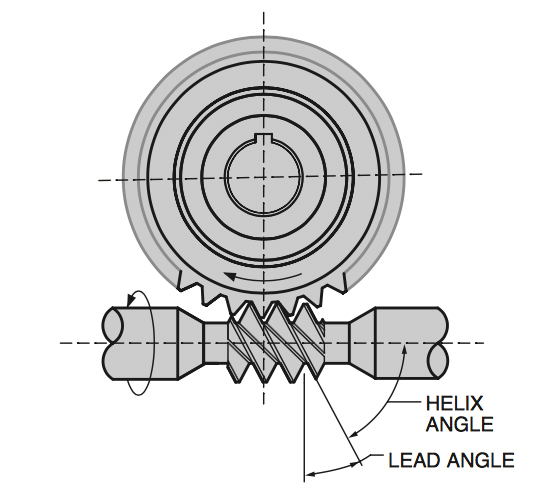
Image credit: HBD/Winsmith, Inc.
Other factors that reduce the efficiency of worm gears are friction losses due to the bearings and shaft seals. One way to mitigate these losses — especially when high gear ratios are needed — is to combine a worm gear with a helical gear. In this arrangement, the helical gear provides an initial, smaller reduction ratio, and the worm gear provides the remainder of the necessary reduction. This keeps the worm gear reduction from being so large as to result in a significant decrease in efficiency. It also provides an alternative to using a multi-stage helical gear, which would require multiple gear trains and several bearings, each of which adds friction and decreases efficiency.
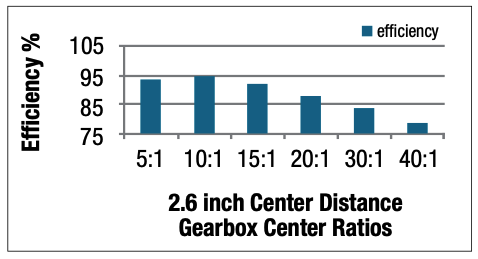
Image credit: Altra Motion

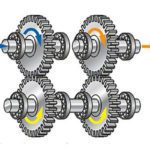
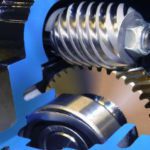
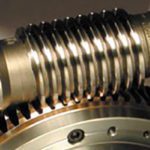

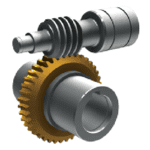

Leave a Reply
You must be logged in to post a comment.